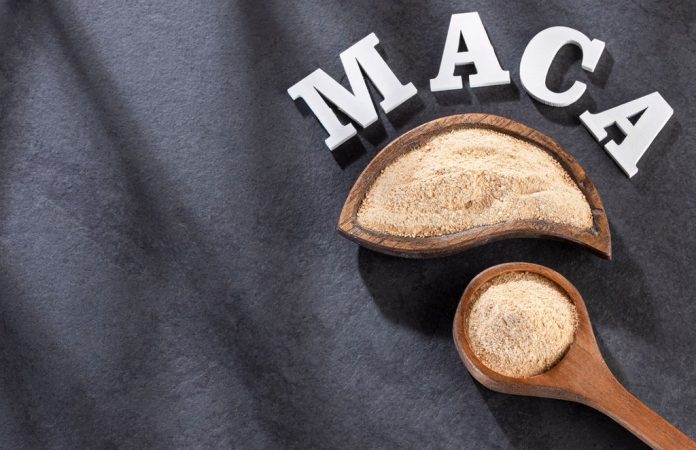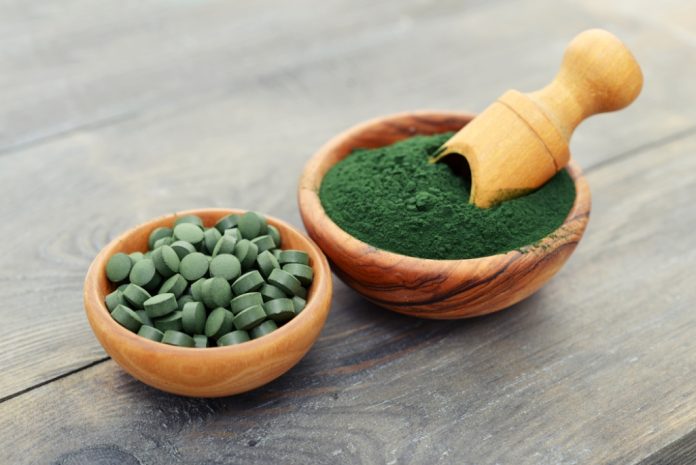Spirulina in the UK: A Guide to the Blue-Green Algae Superfood
Spirulina is a type of blue-green algae that has become popular in the UK as a nutritional supplement. Packed with vitamins, minerals, and protein, Spirulina is considered a superfood and is available in various forms, including tablets, capsules, and powder. This article provides an in-depth look into Spirulina's presence,...

Maca in the UK: A Comprehensive Exploration of the Andean Superfood
Maca, a root vegetable native to the Andean region of Peru, has rapidly grown in popularity across the globe. In the UK, it has become a favourite among health enthusiasts for its unique nutritional profile and potential health benefits. This article delves into everything you need to know about...
Spirulina in the UK: A Guide to the Blue-Green Algae Superfood
Spirulina is a type of blue-green algae that has become popular in the UK as a nutritional supplement. Packed with vitamins, minerals, and protein, Spirulina is considered a superfood and is available in various forms, including tablets, capsules, and powder. This article provides an in-depth look into Spirulina's presence,...

